Description
Philips, a well-known brand in the electronics industry, has released its latest audio recorder, the DVT2050. This device is designed to provide exceptional voice recording quality, reliability, and ease of use, making it a great addition for anyone who needs to record important conversations, meetings, or lectures.
Let’s take a closer look at what this device has to offer:
Design and Build:
The DVT2050 is a compact and lightweight device, making it easy to carry around. It has an ergonomic design with an easy-to-use interface, which helps to ensure that users can easily navigate through the device’s features. The device is powered by a rechargeable Lithium-ion battery, which provides up to 50 hours of recording time.
Audio Quality:
The DVT2050 boasts a high-quality microphone that captures clear and accurate audio, making it ideal for recording lectures, interviews, and meetings. Additionally, the device employs a noise reduction feature that helps to filter out any background noise, which can often interfere with the quality of the recording. The device also has a low-cut filter that removes any unwanted low-frequency noise, further enhancing the sound quality.
Features:
The DVT2050 comes with a range of useful features that make it stand out from other audio recorders in the market. The device has a one-touch recording function that allows users to start and stop recording with just the touch of a button. It also has a voice-activated recording function which starts recording automatically when it detects sound and stops when there is no sound detected.
Another great feature of the DVT2050 is its ability to record in MP3 format, which makes it easy to share and transfer files. Additionally, the device has a built-in speaker that allows users to listen back to their recordings without the need to transfer files to a computer first.
Conclusion:
In conclusion, the Philips DVT2050 is a top-quality audio recorder designed to provide exceptional recording quality, reliability, and ease of use. Whether you need to record conversations, meetings, or lectures, this device is an excellent choice. Its compact size and long battery life make it perfect for use on the go. Overall, the DVT2050 is a must-have for anyone who needs to record high-quality audio.
Handheld Music Recorder, Built-in Microphone, MP3, WAV, PCM Microphone: Built-in Microphone Weight: 55 g
Philips, DVT2050 properties
| Product name | DVT2050 |
| Type | Handheld Music Recorder |
| 3.5mm Output | 1 |
| Memory Card Reader | Built-in/Flash, SD (Secure Digital) |
| Colour | Black, Silver |
| Power Supply | Battery |
| Battery Format | Li-Ion |
| Microphone | Built-in Microphone |
| Amount of Microphones | 1 |
| Frequency Range Microphone Min | 750.0 |
| Frequency Range Microphone Max | 18000.0 |
| Recording Format | MP3, PCM, WAV |
| Supported Audio Formats | MP3, PCM, WAV |
| Height | 37.0 mm |
| Depth | 14.0 mm |
| Width | 108.0 mm |
| Weight | 55.0 g |
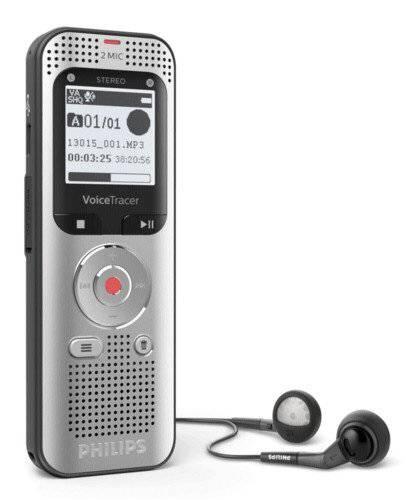

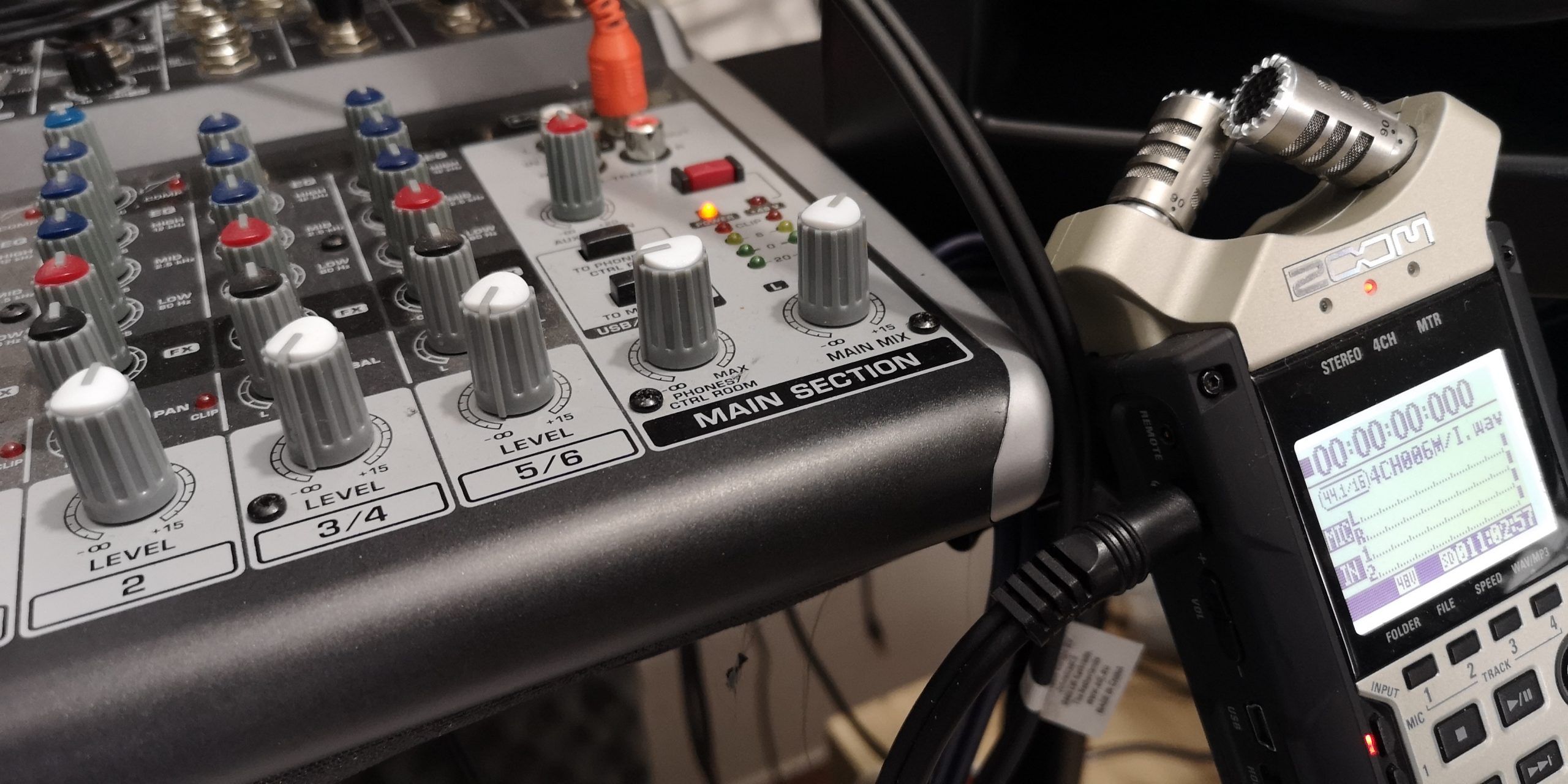


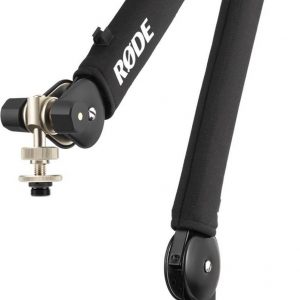
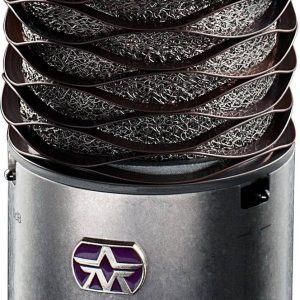
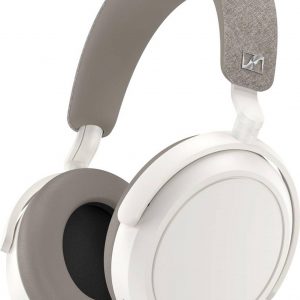
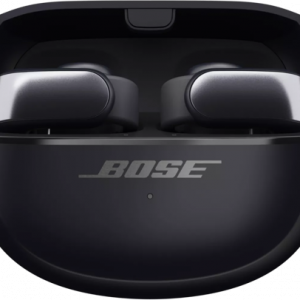
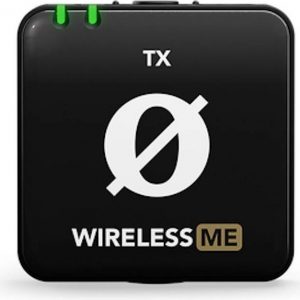
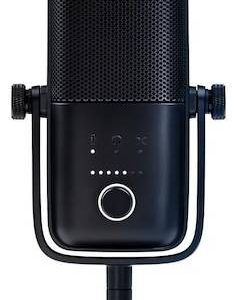
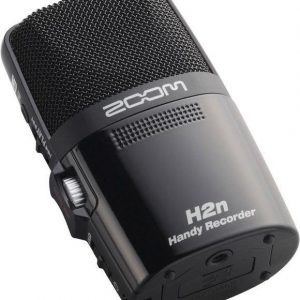
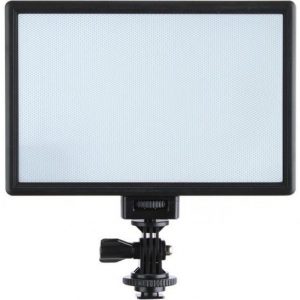
Ferris Preston –
The microphone is worth the money! Perfect sound quality, after setting it to 70%, it does not register the surroundings: D What Truth there is no on / off or listening button, but the quality of the recorded sound compensates for these disadvantages: D
My problem is that I do not know if it will work in conversations via, for example, chat in World of Tanks or in team speak 3. I want to find out, because this is what my purchase will depend on. I would like an answer 🙂
The microphone works great I have had it for three months now. The only thing that bothers me about it is that the cable is too short
Emersyn –
The news that Lerer Hippeau raised another $200M is music to my ears, especially when I’m stuck in Stuttgart with Bella Patton at Pizza Hut, desperately searching for new audio recorders to capture our conversations. But little do we know, Philips’ DVT2050 audio recorder is the real hero here, saving the planet one power-efficient note at a time.
With its sleek design and 108.0 mm width, this baby’s got some serious style. But don’t be fooled by its looks; it’s the technical prowess that’ll give you chills. The DVT2050 boasts an impressive 8 GB of internal memory, allowing you to record for hours on end without needing a recharge. And with its low power consumption, you can feel good about saving the planet from our increasingly audio-obsessed society.
But what really gets my heart racing is the audio quality. Philips has outdone itself with this one, delivering crisp and clear recordings that’ll make your friends green with envy (or at least, that’s what I’d tell them if they started asking for their own DVT2050s). It’s like having a personal recording artist in your pocket, minus the mediocre talent.
As I sit here at Pizza Hut, surrounded by the hustle and bustle of Stuttgart, I’m reminded of the importance of innovation. And let’s be real, who needs audio recorders when you have a $200M venture capital fund like Lerer Hippeau on the scene? But in all seriousness, Philips’ DVT2050 is a game-changer, and it just goes to show that even in the darkest depths of horror, there’s always room for a little bit of technological terror.
Commenting on today’s news, I’m reminded that when it comes to venture capital, sometimes you’ve got to take a leap of faith. But with Lerer Hippeau at the helm, I have no doubt that the future is looking brighter than a Stuttgart sunset (and that’s saying something). Bring on the startups and the $200M funds – we’re ready for whatever the future holds!